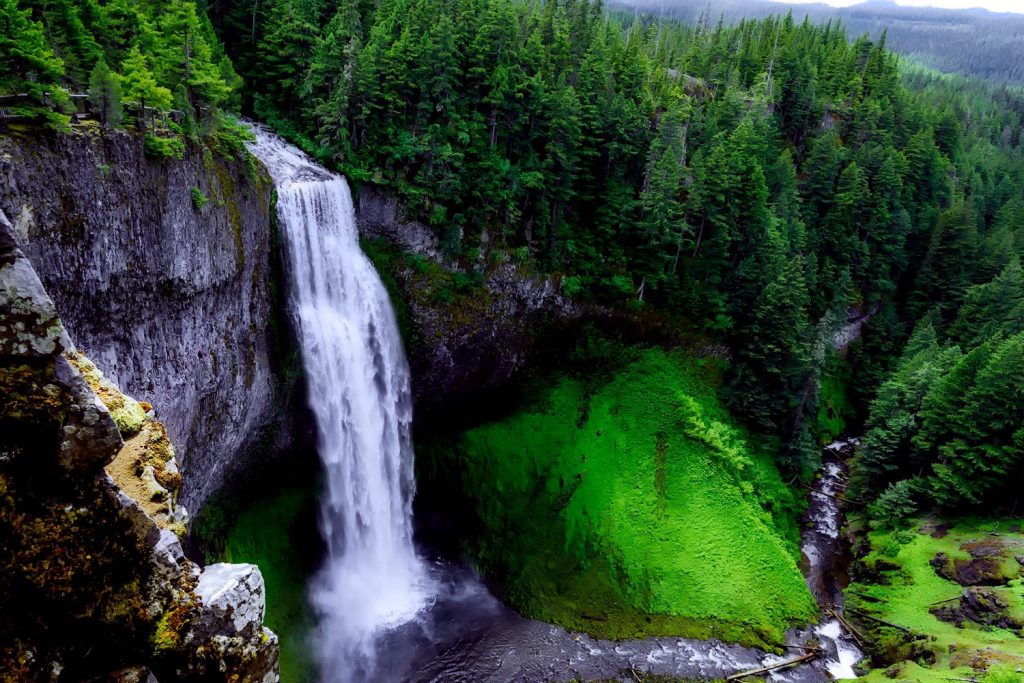The Art of Water

The true foundation of all culture is the knowledge and understanding of water.
Viktor Schauberger
In the opening of his keen TED talk, Brock Dolman asked if we see water either as a noun or as a verb…Well, I have to add up that we can see Water as a beautiful interconnected and dynamic art expression from Gaia (Mother Nature).
Indeed, one could argue that Viktor Schauberger saw water like this. Far from the arrogance, reductionist view and lack of imagination of “experts”, he saw her with heart, and therefore he was able of observing and learning from the role of divine in Nature’s evolutionary process. Furthermore, such essential view (which is The Systems View of Life) let him approach the big picture from the hydrological cycle and the way it sustains life on Earth. Viktor was one of those who gazed the Shape of Water both in artful and sacred way.
In this line, I want to highlight the great influence of Alexander von Humboldt by inspiring the creativeness not only from the art of water but from the overall Cosmos. Humboldt was one of the greatest systems thinkers of all times and arguably the first who maps the Anthropocene. He claims that our reaction to the natural world should be founded on the senses and emotions, i.e., as art. Moreover, he also encouraged see Nature with love…with heart. Through his vivid journeys he saw the beauty of the planet as one great living organism where everything is connected. Humboldt was “the first scientist to talk about harmful human-induced climate change. […] the first to explain the forest’s ability to enrich the atmosphere with moisture and its cooling effect, as well as its importance for water retention and protection against soil erosion.” (Wulf, 2015). In addition, Humboldt inspired to many artists, ecologists, environmentalists (including Viktor Schauberger). Goethe -other of the most intuitive systems thinkers and a good Humboldt’s friend- was certainly influenced by him through his poetry, as well as Henry David Thoreau, among others. According to Wulf (2015), the James Lovelock’s Gaia theory of the earth as a living organism also stands relevant similarities with Humboldt’s insights. In brief, I strongly suggest to all the systemic thinkers in here reading The Invention of Nature by Andrea Wulf in order to keep knowing on the Humboldt’s holistic vision and thus keep sowing keenly insights from Nature and her artistic manifestations.
Thereby I can conclude -from the essential view- that the whole systems approach to water is a meaningful pattern for the designing of several artistic expressions inspired by the continuum of Planet Water. The hydrological cycle and his ecological applications as a string of songs that sustains the flow of life on Earth.
Author: Juan Sebastián Cárdenas Salas (February 10, 2018)
From the serie: Reflections Around Gaia Education
Please watch the hydrological cycle as the web of life:
I was gazing water with heart at Lake Tahoe (California):
Resources of support:
Ecological Dimension – Module’s 2 Handbook general contents and references (Gaia Education, 2018)
Visit Gaia Education:
https://gaiaeducation.org
Watershed 2.0 (re-thinking and retrofitting for resilience): Brock Dolman at TEDxMission City2.0
https://youtu.be/Izf6D1LQlFE
Viktor Schauberger information
http://schauberger.co.uk
Book: The Invention of Nature by Andrea Wulf (2015)
https://www.goodreads.com/book/show/23995249-the-invention-of-nature
Cover Image by Pexels.com
https://www.pexels.com/photo/beautiful-country-countryside-daylight-414061/

